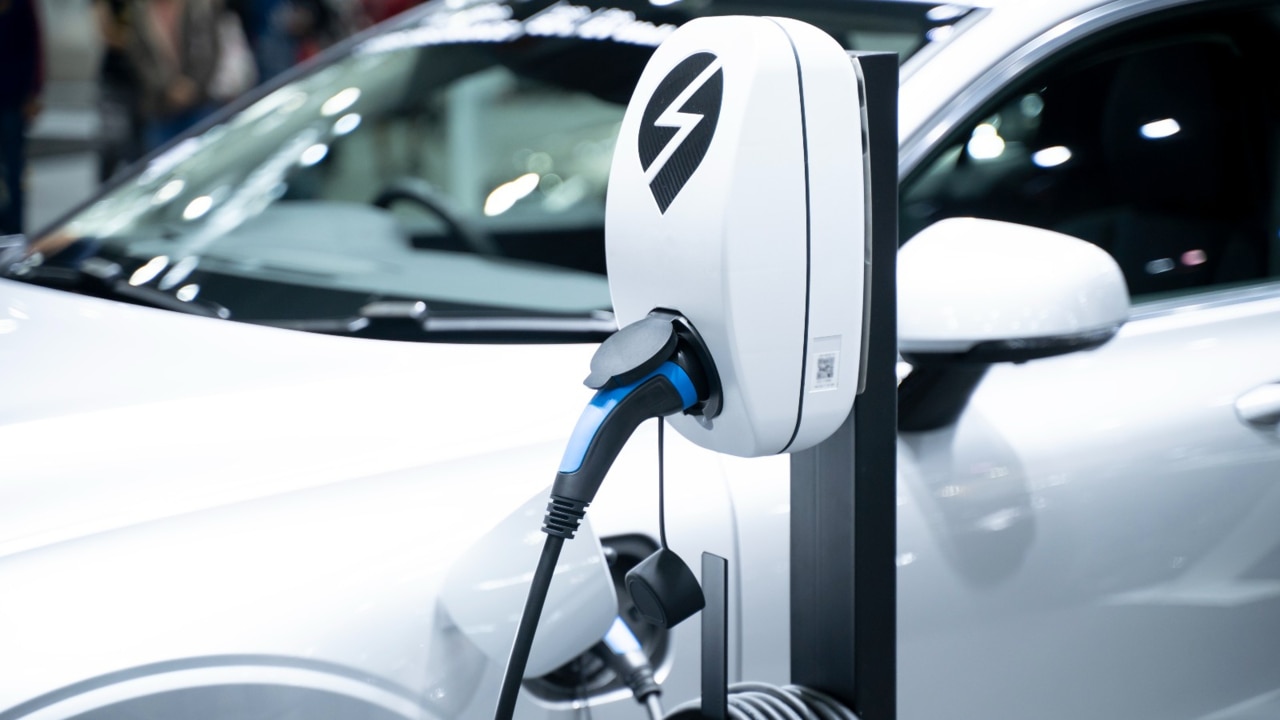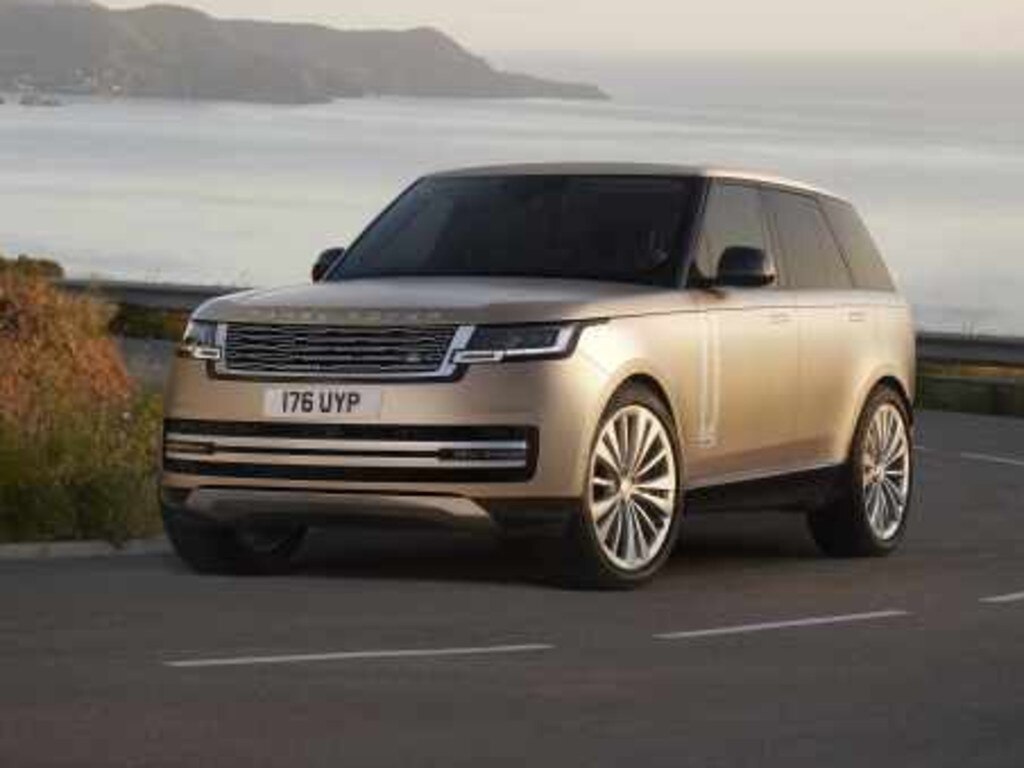
That rule is to make existing technologies more expensive to make the ones favoured by advocates appear reasonable by comparison. This is true for electricity, where increasingly the cost is being hidden in consolidated revenue through cascading subsidy payments both to producers and, increasingly, end users.
The dream of a world in which motorists get about in electric-powered cars confirms the trend.
Ideally, a single price on greenhouse gas emissions would remove the need for ad hoc policies.
But in the absence of this we are left with state, local and federal schemes, some of which equate to a carbon price of thousands of dollars per tonne.
Electric vehicle schemes are at the top of the tree in terms of cost per tonne but nowhere near enough to satisfy the green groups who think more should be done to promote their use.
The government’s latest policy is in addition to generous tax breaks and exemptions. Chris Bowen has set a target for six outcomes: a greater choice of EVs, a reduction in transport emissions, more charging stations, an increase in domestic manufacturing and recycling with the ultimate goal to make it cheaper for people to run their vehicles.
For this to happen, however, existing technologies will inevitably become more expensive, to compensate.
The plan to introduce a fuel efficiency standard follows what is happening in other parts of the world. The US has just introduced a scheme calibrated ultimately to make EVs the only reasonable choice to make on financial grounds.
The EPA is using its authority under the Clean Air Act to regulate vehicle emissions with the aim of making EVs account for about two-thirds of car sales in 2032, up from 6 per cent last year.

The EPA justifies its intervention, which will increase costs, because of subsidies that are available under President Joe Biden’s Inflation Reduction Act.
There are no details yet on where the government’s new policy will land but EV lobby groups are telling Bowen to go hard.
Attempts to tighten emission laws have a troubled history in Australia. This is because car makers will be forced to increase the cost of the cars people want to buy to subsidise the ones they presently can’t afford or don’t want to drive. The emissions target is for the overall fleet sold so, in effect, internal combustion car buyers will be forced to subsidise those who want to drive EVs.
The hope is that car makers will make more less expensive EV models available. But much of the cost of EVs is in the battery, which are getting more expensive.
Environmentally, charging an EV today still requires plenty of coal-fired power.
There is no doubt the driving world is changing. The big selling point for emissions standards is that without new rules Australia risks becoming a dumping ground for less efficient models the rest of the world won’t take. Everybody wants to breathe fresh air.
But it is all part of a transport vehicle transition with an as yet unknown destination. Europe has pulled back from an outright ban on internal combustion engines in favour of low-emissions fuels. The US is under pressure to do the same. The best that can be said is an emissions standard leaves the door open for new technologies.
This is a journey that still has a long way yet to run.








The government’s electric vehicle and lower emissions strategy confirms a golden rule of the net-zero transition that unfailingly hits the poor and favours the rich.